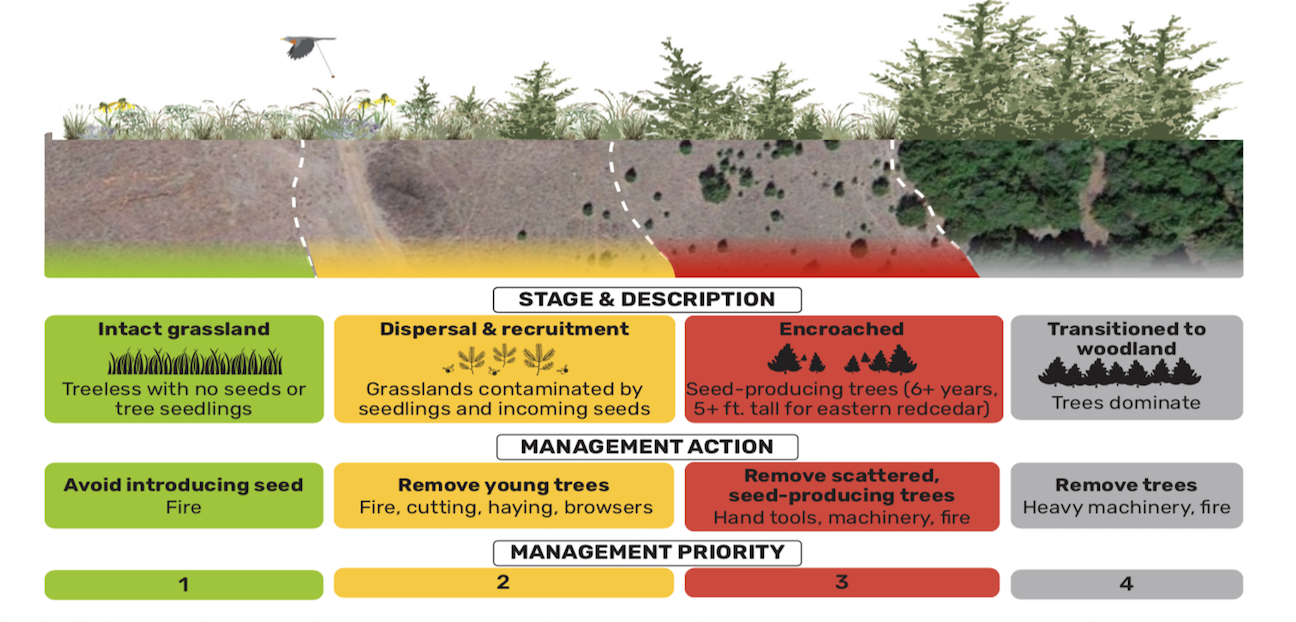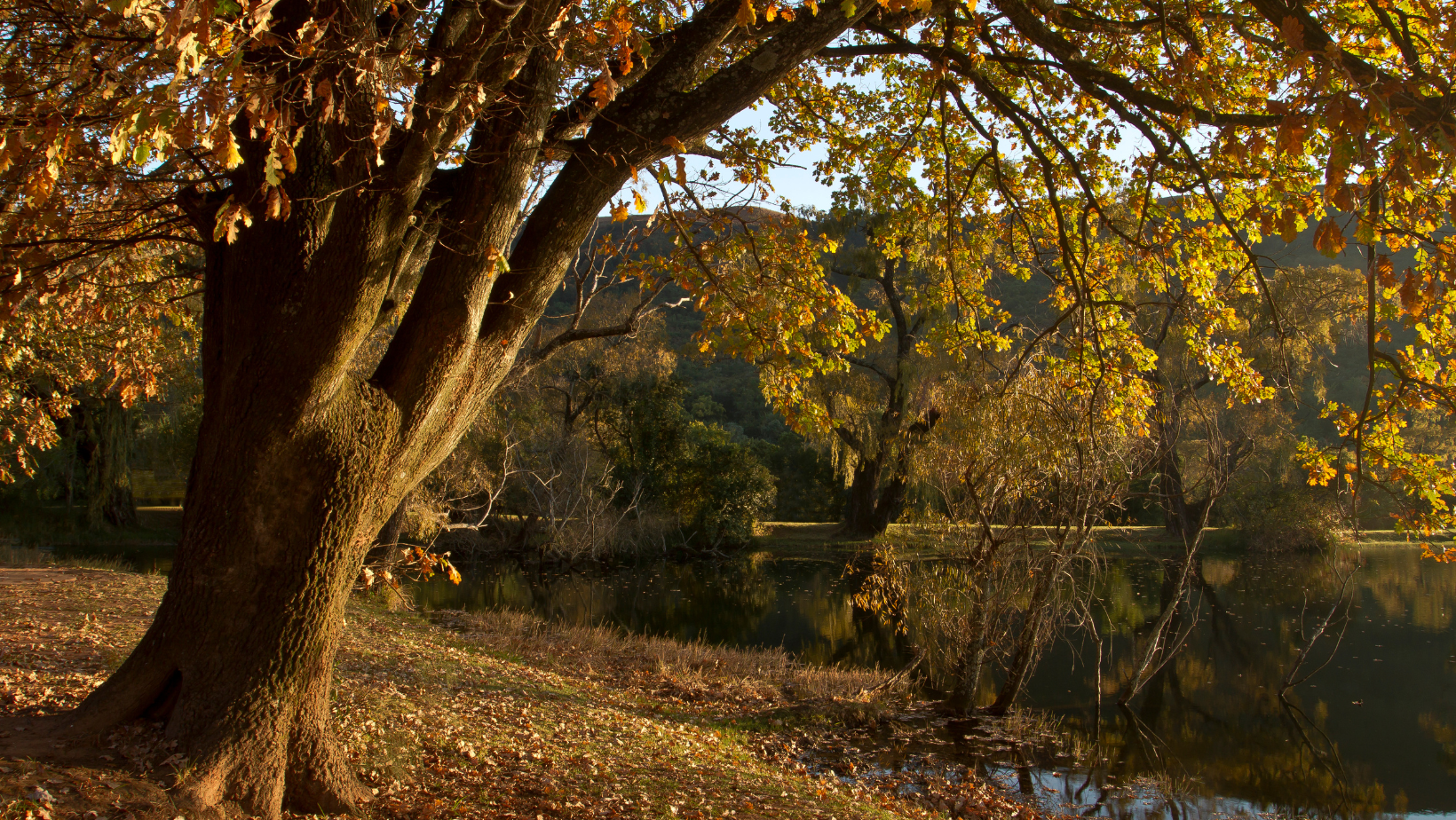 USDA has recently released their land value summary for 2023. Texas is located in the Southern Plains region along with Oklahoma.
USDA has recently released their land value summary for 2023. Texas is located in the Southern Plains region along with Oklahoma.
USDA Expands Conservation Practices Qualifying for Climate-Smart Funding
 At the end of October, USDA released an updated NRCS expanded list of practices and activities that are eligible for Climate-Smart funding through the Inflation Reduction Act. In addition, they added additional funding for the practices for the fiscal year 2024.
At the end of October, USDA released an updated NRCS expanded list of practices and activities that are eligible for Climate-Smart funding through the Inflation Reduction Act. In addition, they added additional funding for the practices for the fiscal year 2024.
[Read more…] about USDA Expands Conservation Practices Qualifying for Climate-Smart Funding
2020 Resources Planning Act Assessment
The Resource Planning Act Assessment reports on the past, present, and future of renewable resources on public and private forests and rangelands. The recent 2020 assessment forecast was released in November and includes the following topics:
What Goats Really Eat, With Grazing Menu Tips to Benefit Your Ranch
 Did you know that goats are meticulous eaters? They move across the landscape selectively browsing, picking out desirable pieces of forage, and combing hard to access pastures and areas for their favorite plant parts and species.
Did you know that goats are meticulous eaters? They move across the landscape selectively browsing, picking out desirable pieces of forage, and combing hard to access pastures and areas for their favorite plant parts and species.
[Read more…] about What Goats Really Eat, With Grazing Menu Tips to Benefit Your Ranch
The Dangers of Duff: How long-term fire exclusion can put “fire-tolerant” trees at risk
Deer and Trees
Integrated Pest Management for Woody Encroachment
 The top 5 woody invasive plant species in the Great Plains Grasslands include; Eastern redcedar, Honey mesquite, Chinese tallow, Ashe juniper, and Redberry juniper. Past brush management efforts have been unable to stop or reverse the loss of grasslands at county, state, or regional scales. Traditional management efforts have assumed that there are tolerable levels of the top five woody pests in grasslands before encroachment becomes a resource concern and mechanical or chemical removal of woody plants will restore a site back to a grassland. Scientists are now recommending more integrated approaches for dealing with woody species and ending the reinvasion cycle in grasslands.
The top 5 woody invasive plant species in the Great Plains Grasslands include; Eastern redcedar, Honey mesquite, Chinese tallow, Ashe juniper, and Redberry juniper. Past brush management efforts have been unable to stop or reverse the loss of grasslands at county, state, or regional scales. Traditional management efforts have assumed that there are tolerable levels of the top five woody pests in grasslands before encroachment becomes a resource concern and mechanical or chemical removal of woody plants will restore a site back to a grassland. Scientists are now recommending more integrated approaches for dealing with woody species and ending the reinvasion cycle in grasslands.
[Read more…] about Integrated Pest Management for Woody Encroachment
Reducing Woody Encroachment in Grasslands: A Pocket Guide for Planning and Design
 Have you seen the latest Pocket Guide from the Great Plains Grasslands Extension Partnership? This Pocket Guide integrates new guidelines for reducing woody encroachment with a planning process. It is also an important resource that further incorporates the latest, science-based approaches for reducing woody encroachment.
Have you seen the latest Pocket Guide from the Great Plains Grasslands Extension Partnership? This Pocket Guide integrates new guidelines for reducing woody encroachment with a planning process. It is also an important resource that further incorporates the latest, science-based approaches for reducing woody encroachment.
[Read more…] about Reducing Woody Encroachment in Grasslands: A Pocket Guide for Planning and Design
Remove, Reduce, or Manipulate? Best Practices for Brush Management Conservation Standards in Great Plains Grasslands
 One of the biggest confusion points in brush management is the decision between removing, reducing, or manipulating woody plants. Past management decisions have addressed the symptoms of woody encroachment but not the root cause of the problem. To contribute to the efforts to confront the loss of grasslands at county and state, clarity is needed on which woody species need complete removal versus species who can be reduced or manipulated without the threat of grassland loss.
One of the biggest confusion points in brush management is the decision between removing, reducing, or manipulating woody plants. Past management decisions have addressed the symptoms of woody encroachment but not the root cause of the problem. To contribute to the efforts to confront the loss of grasslands at county and state, clarity is needed on which woody species need complete removal versus species who can be reduced or manipulated without the threat of grassland loss.

